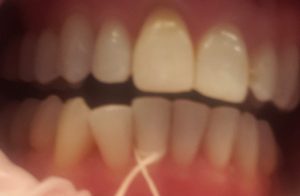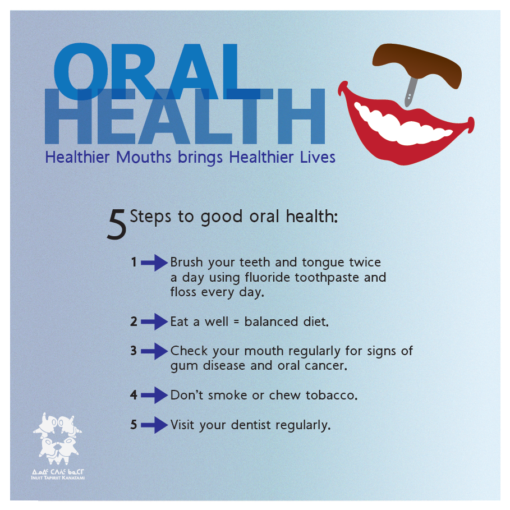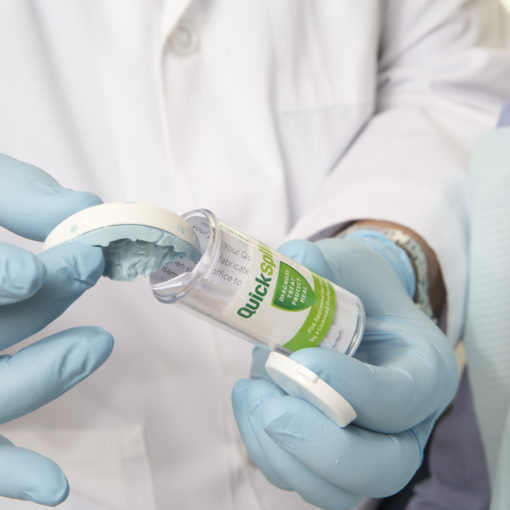Implants are an investment and should be treated like one
They offer a great natural tooth replacement to meet functional and esthetic needs. Money, time, and emotion is involved when deciding, committing, placing, and healing with an implant. Implants are an asset for chewing, talking, and appearance. Although implants have a high success rate, they can fail. Success depends on exceptional oral health and homecare. For long term implant success, detecting early signs of complications and routine maintenance are crucial.
Peri-implantitis mucositis occurs in about 47% of cases, within 5-10 years after placement. It’s reversible inflammation of the gums.
Peri-implantitis occurs in about 22% of cases within 5-10 years after placement. It’s nonreversible with inflammation that damages the gums and bone supporting the implant periodontal disease.
Success is in Your Hands
• Use a soft manual toothbrush or an electric toothbrush on gum mode—twice a day.
• Water pik with the implant attachment tips—twice a day.
• Interdental cleaners
→ Rubber tip—apply firm pressure to blanch the tissue
→Proxa brushes
→ Soft picks
Pro-Health: clean mint
Gum & Sensitivity
Paradontax
Crest Gum Detoxify/Restore
Crest Pro-Health Multi-Protection clean mint. Lasts 12 hours.
CloSYS no flavor, mint or silver fluoride. Lasts 8 hours. *

Wear a night guard to help protect the implant and to prevent failure.
Maintaining your dental implant is a team effort.
• The bite seems different, it may change from chewing, and could be a sign of trauma. As an implant doesn’t have the natural ligaments for support as a natural tooth has.
• Mobility is present, it could be the crown, screw, or implant.
• Report any bleeding or pus as it can be a sign of infection.
• Fraying of floss suggests calculus may be present.
Removable implant retained denture:
• Check o’rings, locator caps, and clips for wear or missing as they are important for retention.
• Remove overdenture at night to prevent plaque accumulation, gum infections and candida.
• Soak overdenture for 30 min in a 1:1 ratio of white vinegar and water or denture cleaner.
• Use an electric or end tuft toothbrush to clean. NOT a denture brush.
*there are more products that are benefical for implants these are just a few examples





